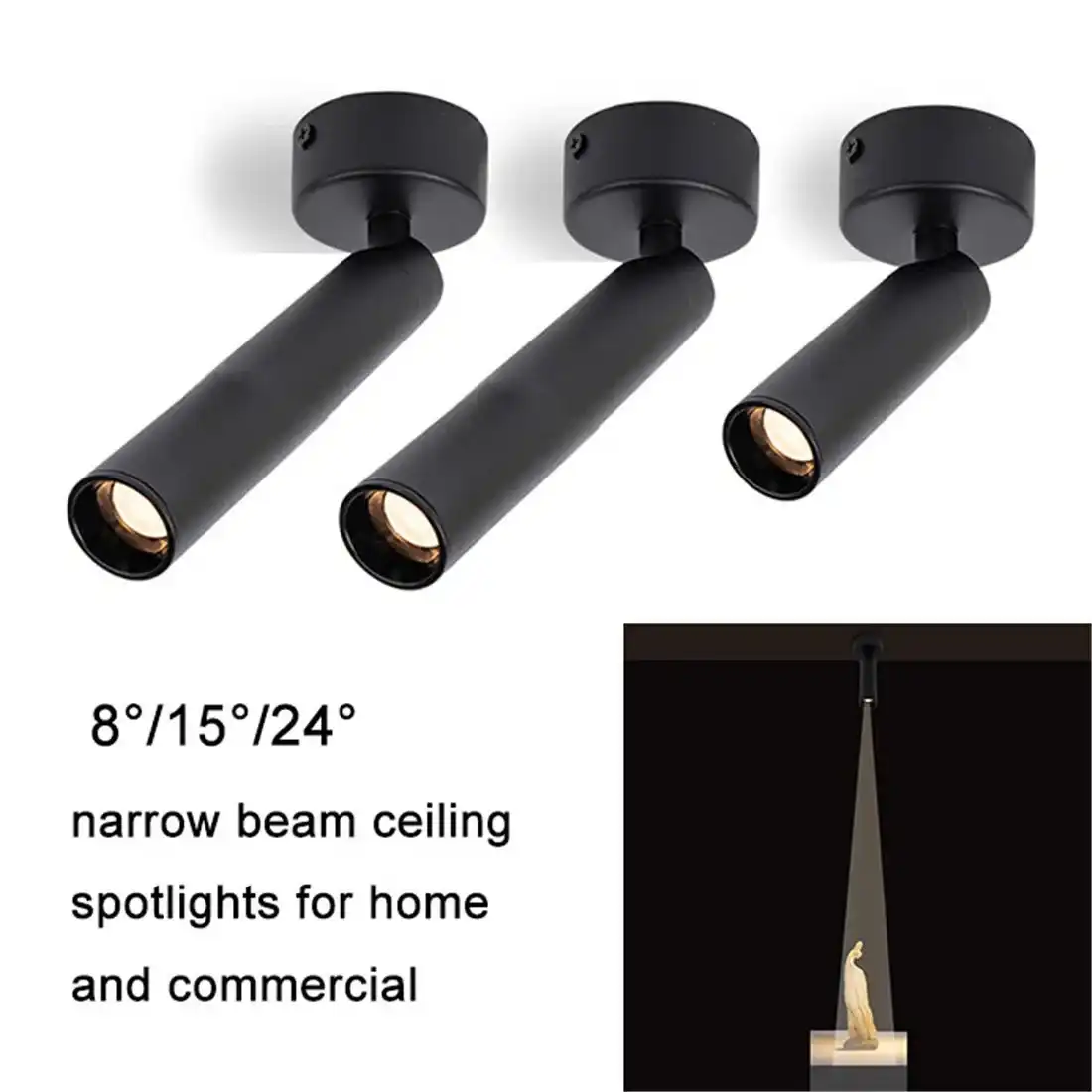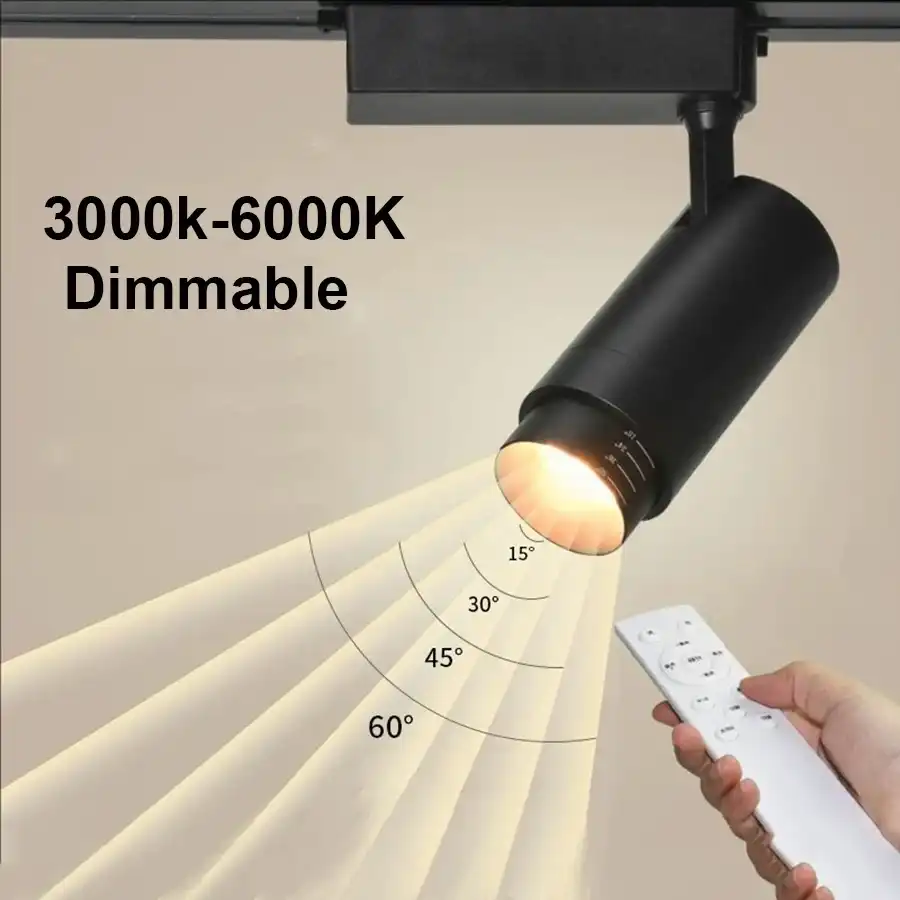How to choose between downlights vs spotlights?
Choosing between downlights and spotlights depends on your specific lighting needs and the ambiance you want to create. Downlights offer a broad, even illumination that's perfect for general lighting in rooms, while spotlights provide focused beams ideal for highlighting specific areas or objects. Consider the room's function, ceiling height, and desired atmosphere when making your decision. Downlights are excellent for creating a clean, modern look in living spaces or kitchens, while spotlights excel in accentuating artwork or architectural features. Ultimately, the best choice often involves a combination of both to achieve a well-balanced lighting scheme that caters to both practical and aesthetic requirements.
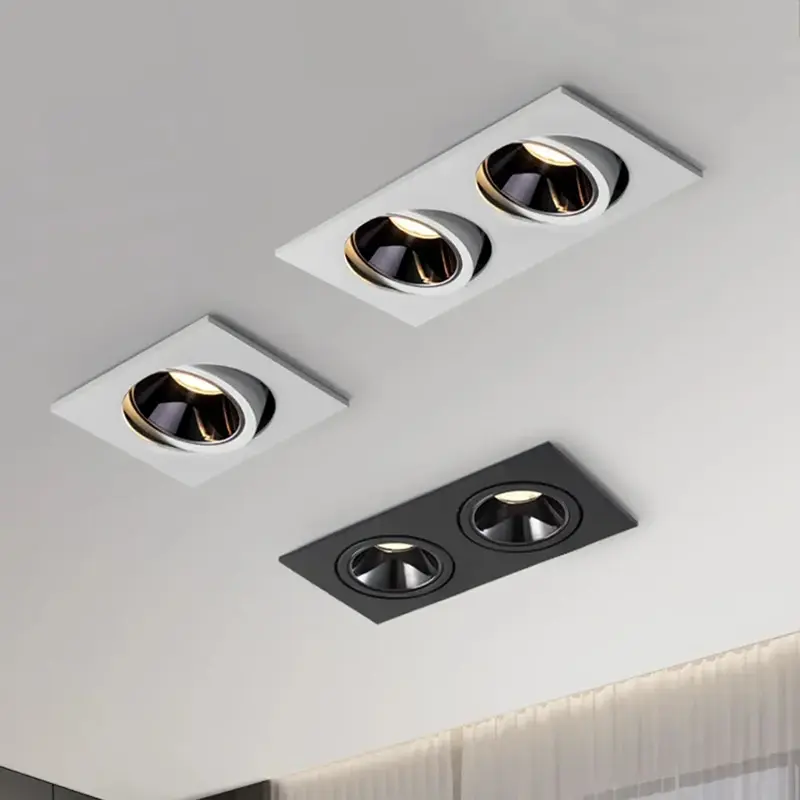
Introducing the Basics: Downlights vs Spotlights
What are Downlights?
Downlights, also known as recessed lights, are fixtures installed flush with the ceiling, creating a sleek and unobtrusive look. These versatile lighting solutions emit a broad beam of light downward, providing general illumination for various spaces. Downlights are characterized by their ability to distribute light evenly across a room, making them an excellent choice for ambient lighting.
One of the key advantages of downlights is their ability to create a sense of spaciousness. By recessing into the ceiling, they don't protrude into the room, maintaining clean lines and maximizing perceived ceiling height. This makes them particularly beneficial in spaces with lower ceilings or where a minimalist aesthetic is desired.
Downlights come in various sizes and styles, allowing for customization to suit different interior designs. They can be equipped with different beam angles, ranging from narrow to wide, to cater to specific lighting needs. Some downlights also offer adjustable or directional options, providing a degree of flexibility in light distribution.
What are Spotlights?
Spotlights, in contrast to downlights, are designed to provide focused, directional lighting. These fixtures typically protrude from the ceiling or can be mounted on tracks, allowing for greater flexibility in positioning. Spotlights emit a narrow, concentrated beam of light, making them ideal for accent lighting and highlighting specific areas or objects within a space.
The defining feature of spotlights is their ability to create visual interest and drama through light and shadow. They excel at drawing attention to architectural details, artwork, or decorative elements within a room. Spotlights are often used in retail environments to showcase products or in galleries to illuminate exhibits.
Many spotlights offer adjustable heads, allowing users to direct the beam precisely where it's needed. This flexibility makes them valuable for task lighting in areas such as kitchens or home offices. Spotlights can also be used to create layers of light within a room, adding depth and dimension to the overall lighting scheme.

Factors to Consider When Choosing Between Downlights and Spotlights
Room Function and Layout
The intended use of a space plays a crucial role in determining whether downlights or spotlights are more appropriate. For areas requiring uniform illumination, such as living rooms or kitchens, downlights often prove to be the superior choice. Their ability to provide even, glare-free light ensures comfortable visibility for everyday activities.
Conversely, spaces that benefit from targeted lighting, like dining areas or home galleries, may be better served by spotlights. These fixtures can create intimate atmospheres or draw attention to specific features, enhancing the room's ambiance and functionality.
Ceiling Height and Architecture
The height and structure of your ceiling significantly influence the choice between downlights and spotlights. In rooms with low ceilings, downlights can help maintain a sense of openness by not protruding into the space. They also work well with coffered or vaulted ceilings, accentuating architectural details without competing for attention.
Spotlights, on the other hand, can be particularly effective in rooms with high ceilings. Their ability to project light over longer distances makes them suitable for illuminating tall spaces or creating dramatic lighting effects in expansive areas.
Desired Atmosphere and Aesthetic
The mood you wish to create in a room should guide your lighting choices. Downlights lend themselves to creating a clean, modern aesthetic. Their unobtrusive nature allows other design elements to take center stage while providing essential illumination.
Spotlights offer more opportunity for creative expression in lighting design. They can be used to craft a more dynamic, layered lighting scheme, perfect for spaces where you want to create visual interest or a sense of drama. This makes them particularly popular in contemporary or eclectic interior designs.
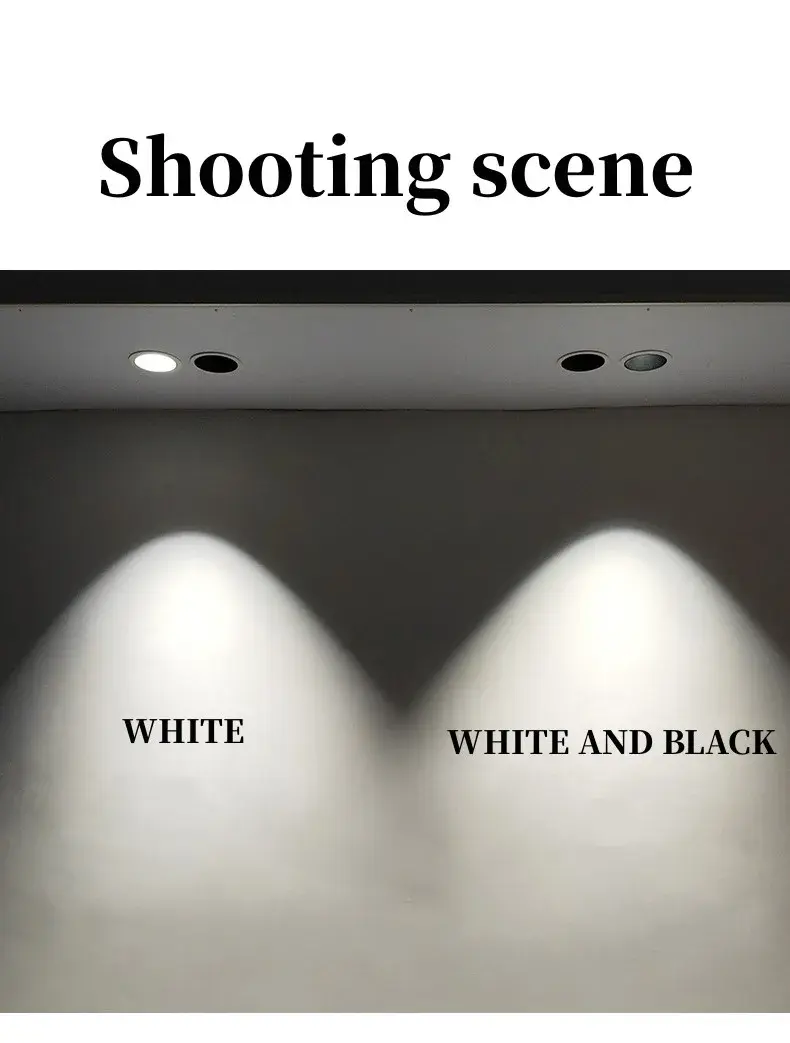
Practical Considerations: Installation, Energy Efficiency, and Maintenance
Installation Requirements
The installation process differs significantly between downlights and spotlights, which can impact your decision. Downlights require recessing into the ceiling, necessitating adequate space above the ceiling for housing. This can be challenging in buildings with concrete ceilings or limited ceiling void space. Professional installation is often recommended to ensure proper fitting and compliance with building regulations.
Spotlights, particularly track-mounted varieties, generally offer more straightforward installation. They can be surface-mounted, making them suitable for a wider range of ceiling types. This flexibility can be advantageous in rental properties or spaces where extensive ceiling modifications are not feasible.
Energy Efficiency and Light Output
Both downlights and spotlights are available with energy-efficient LED options, contributing to reduced energy consumption and lower electricity bills. However, the way they distribute light affects their efficiency in illuminating spaces.
Downlights typically provide more uniform coverage, potentially requiring fewer fixtures to light a room adequately. This can lead to overall energy savings, especially in larger spaces. Their broad beam angle ensures that light is distributed evenly, minimizing dark spots and reducing the need for additional lighting sources.
Spotlights, while efficient in their focused output, may require multiple units to achieve comprehensive room illumination. However, their ability to direct light precisely where it's needed can result in less wasted light, making them highly efficient for task lighting or accent applications.

Maintenance and Longevity
The maintenance requirements and lifespan of your lighting fixtures are important long-term considerations. Downlights, being recessed into the ceiling, can accumulate dust and debris over time, potentially affecting their performance. However, many modern downlights feature sealed designs that minimize this issue. Replacing bulbs in downlights may require specific tools or professional assistance, depending on the fixture design.
Spotlights, especially those mounted on tracks or surfaces, are generally easier to access for cleaning and bulb replacement. This accessibility can be a significant advantage in high-ceiling areas or spaces where frequent adjustments to lighting direction are necessary. The exposed nature of spotlights may make them more susceptible to physical damage, particularly in high-traffic areas.
Both types of fixtures, when equipped with quality LED lamps, offer impressive longevity. Many LED downlights and spotlights boast lifespans of 50,000 hours or more, significantly reducing the frequency of replacements compared to traditional lighting technologies.
Conclusion
Choosing between downlights and spotlights ultimately depends on a nuanced understanding of your space, lighting needs, and aesthetic preferences. Downlights excel in providing uniform, unobtrusive illumination, making them ideal for general lighting in living areas, kitchens, and bedrooms. Their recessed design contributes to a clean, modern look while maximizing perceived ceiling height.
Spotlights, with their focused beams and directional flexibility, are unparalleled for accent lighting, highlighting artwork, or creating dramatic effects. They offer versatility in lighting design, allowing for creative expression and the ability to adapt to changing room layouts or focal points.
For many spaces, the optimal solution may involve a thoughtful combination of both downlights and spotlights. This approach allows for layered lighting that addresses both ambient and accent lighting needs, creating a dynamic and functional environment.
For expert advice on selecting the perfect lighting solution for your space, including high-quality downlights and spotlights, don't hesitate to reach out to our team at sales@uskyled.com. Our lighting specialists are ready to help you illuminate your world with style and efficiency.
References
1. Smith, J. (2022). "The Art of Interior Lighting: Downlights vs Spotlights". Architectural Lighting Monthly, 45(3), 28-35.
2. Johnson, E. & Brown, L. (2021). "Energy Efficiency in Modern Lighting: A Comprehensive Guide". Journal of Sustainable Design, 12(2), 112-128.
3. Patel, R. (2023). "Lighting Psychology: How Different Fixtures Affect Mood and Productivity". Environmental Psychology Today, 18(4), 76-89.
4. Williams, S. et al. (2022). "Installation Challenges and Solutions for Recessed Lighting in Various Ceiling Types". Building and Construction Review, 33(1), 45-52.
5. Lee, M. & Garcia, T. (2023). "LED Technology Advancements in Downlights and Spotlights: A Comparative Analysis". International Journal of Lighting Research and Technology, 55(2), 201-215.

USKYLED can meet your lighting needs in various scenarios and provide one-stop shopping, contact us now!
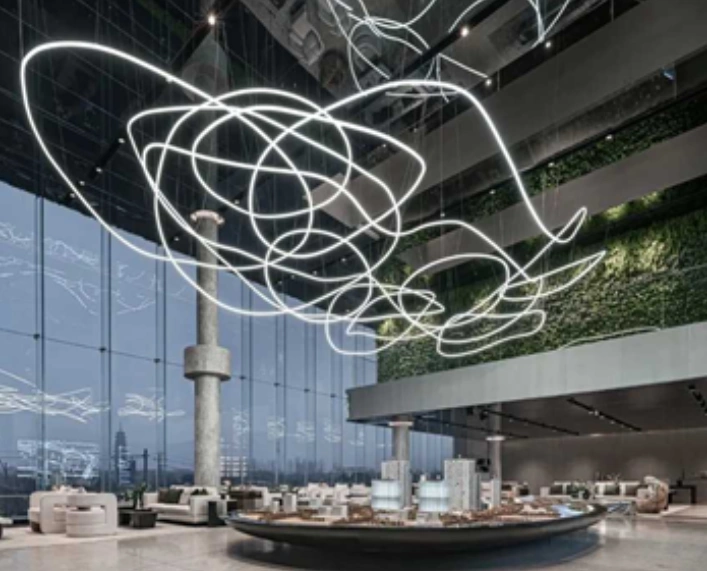
Why You Should Choose USKYLED?
![What is Dimmable Track Lighting for Museum: Best Guide [2025]](/icms/upload/0d08cc601e7611f0b542b3ca0c0f4a83/pic/knowledgemanager-knowledgepic/e7879f32605f11f081911f363b8c1ed0/Directory/20250717 dimmable track lighting -1(1)_1752739217941.webp)
